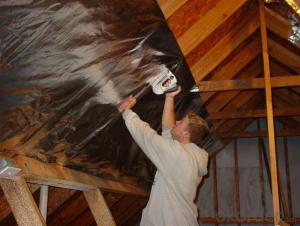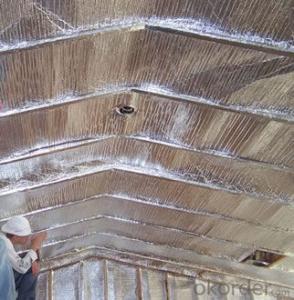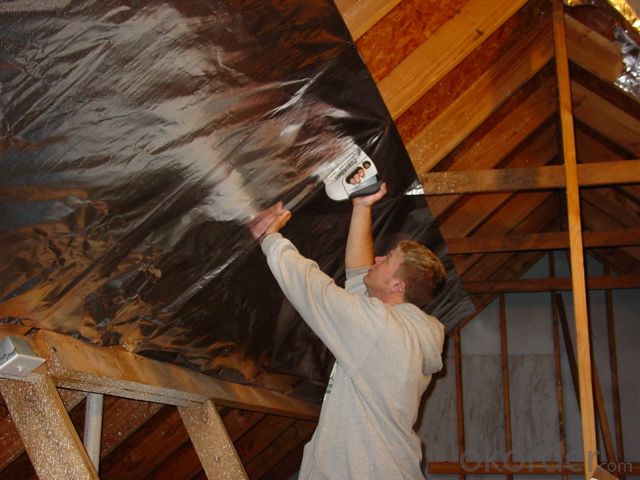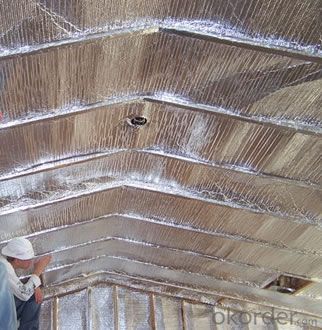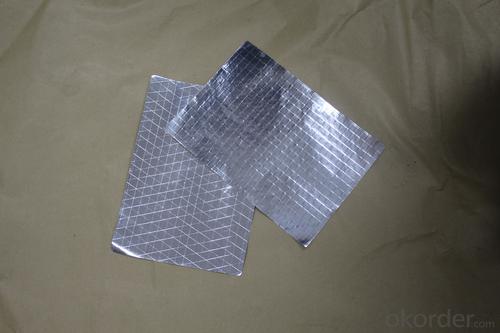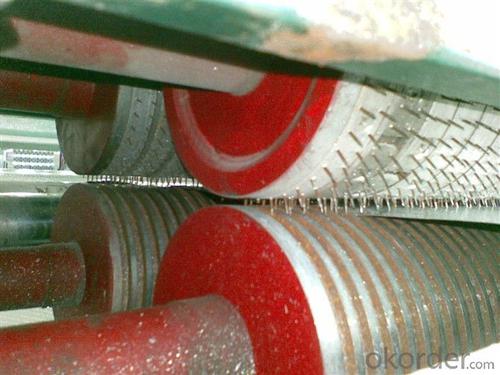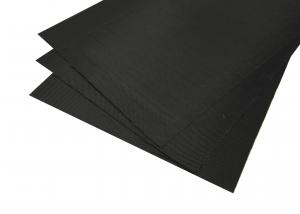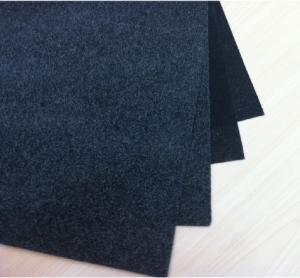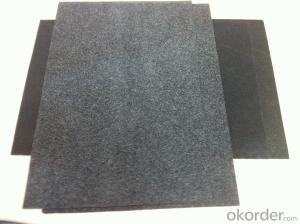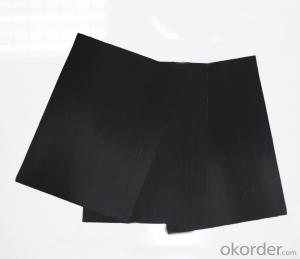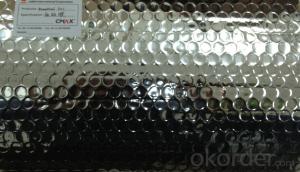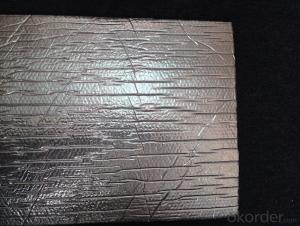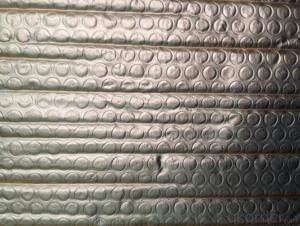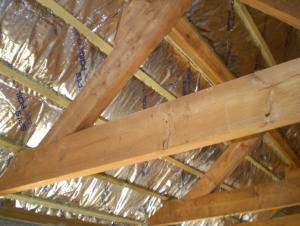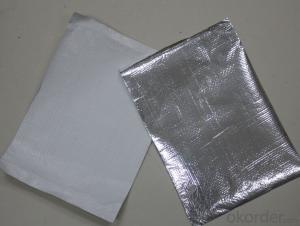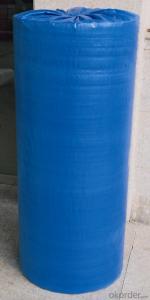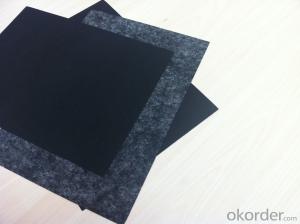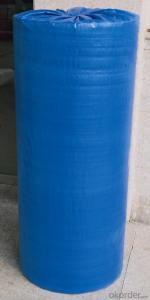Fiberglass Facing Flexible Ducts Bubble Save Your Energy
- Loading Port:
- China Main Port
- Payment Terms:
- TT OR LC
- Min Order Qty:
- -
- Supply Capability:
- -
OKorder Service Pledge
OKorder Financial Service
You Might Also Like
Application:
1,Building Thermal Insulation Material
(1),Roof,Underlay,Under Concrete & floor Insulation;
(2),Attic,Crawl Space,Stud Wall ,Metal Frame Building Insulation.
2,Wrapping
(1),Protective coatings of ventilating pipe,HVAC Duct & Pipe;
(2),Shells of air conditioner and water heater.
Feature:
1), Waterproof, heavy duty, clean, light, flexible, non-absorbent surface
2), Fire resistant & antiglare
3), Recyclable, environmentally friendly
4), Effective in extreme temperatures both hot and cold
5), Easily install, cut, stapled, nailed or glued into place
6), Safe to handle with no special clothing or breathing Equipment
Feature:
1), Waterproof, heavy duty, clean, light, flexible, non-absorbent surface
2), Fire resistant & antiglare
3), Recyclable, environmentally friendly
4), Effective in extreme temperatures both hot and cold
5), Easily install, cut, stapled, nailed or glued into place
6), Safe to handle with no special clothing or breathing Equipment
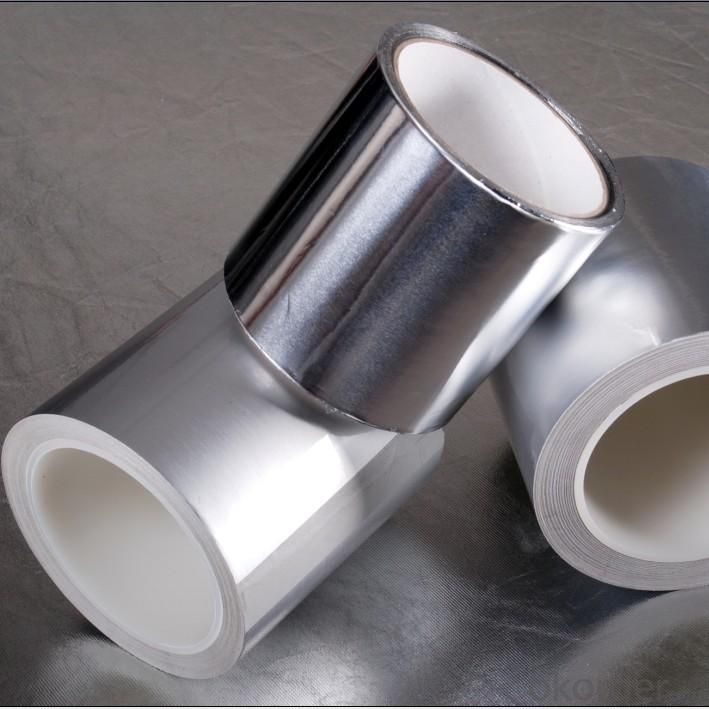

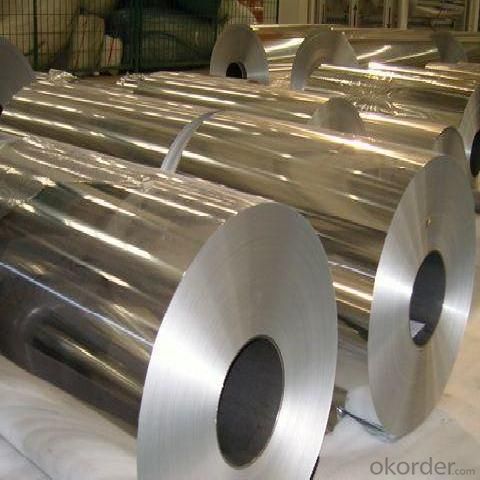
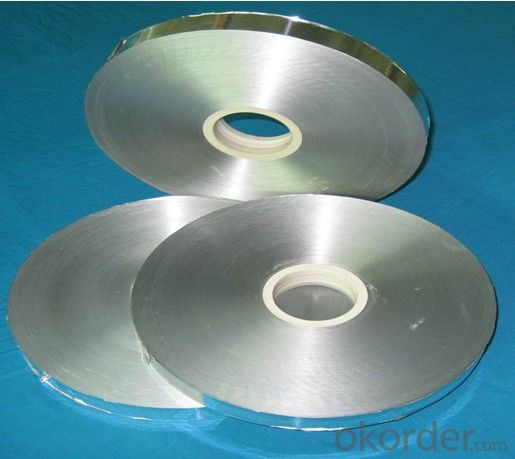
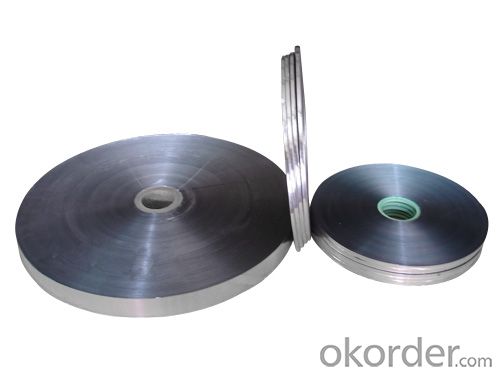
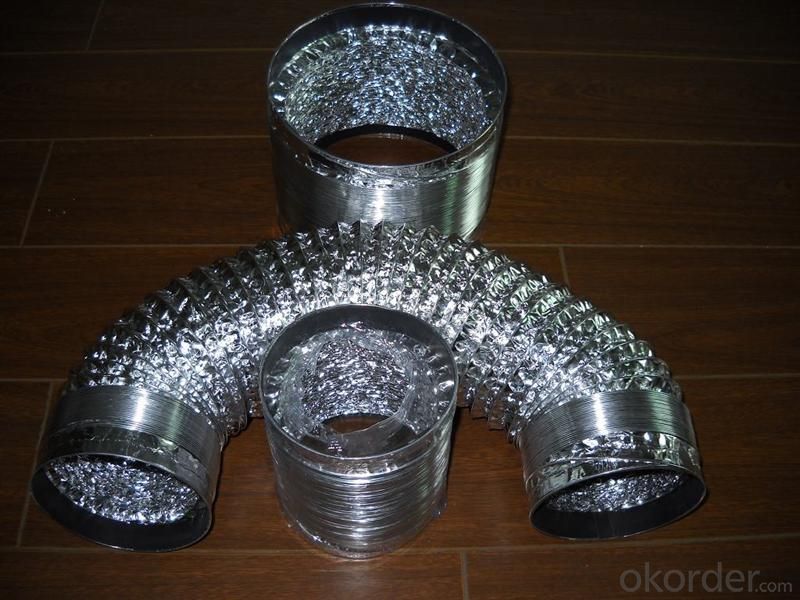
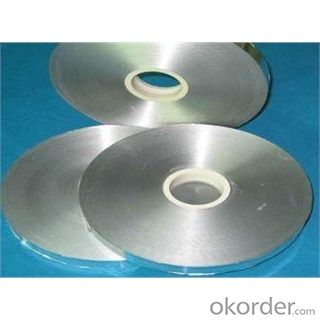
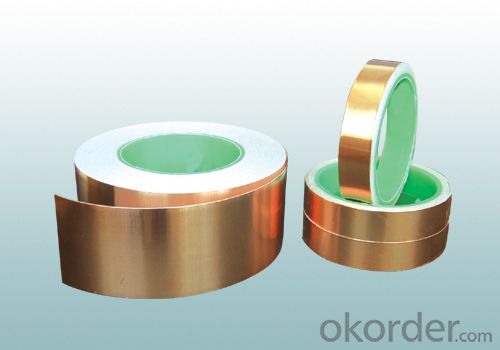

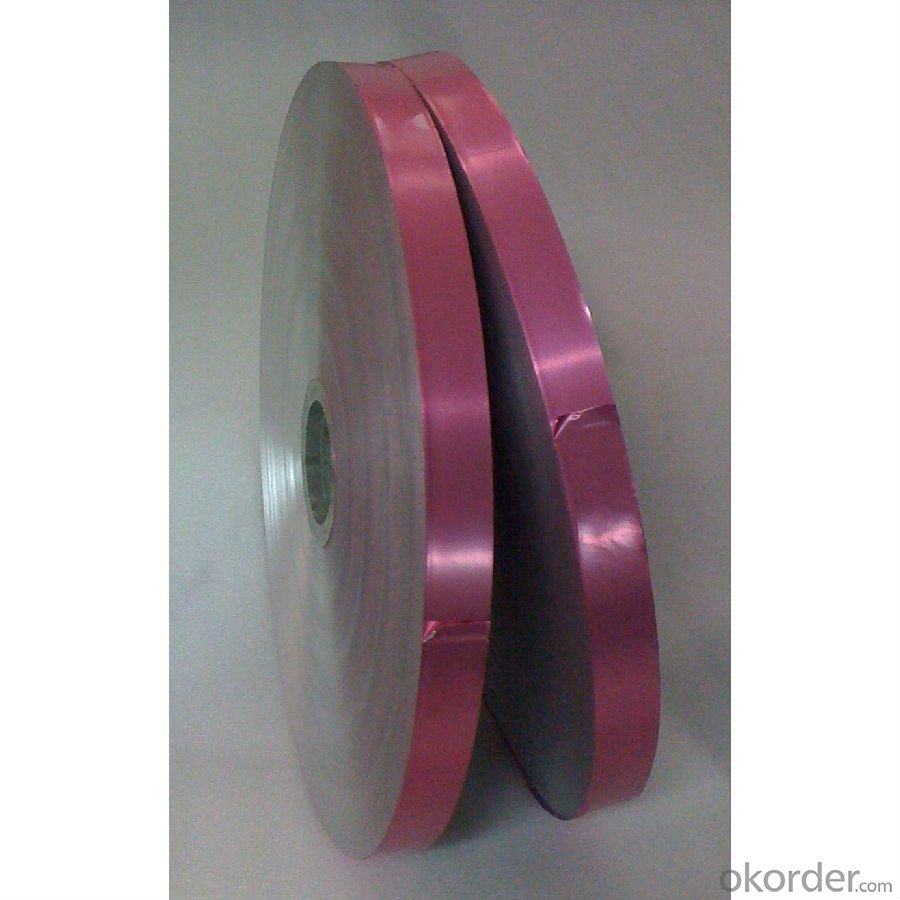
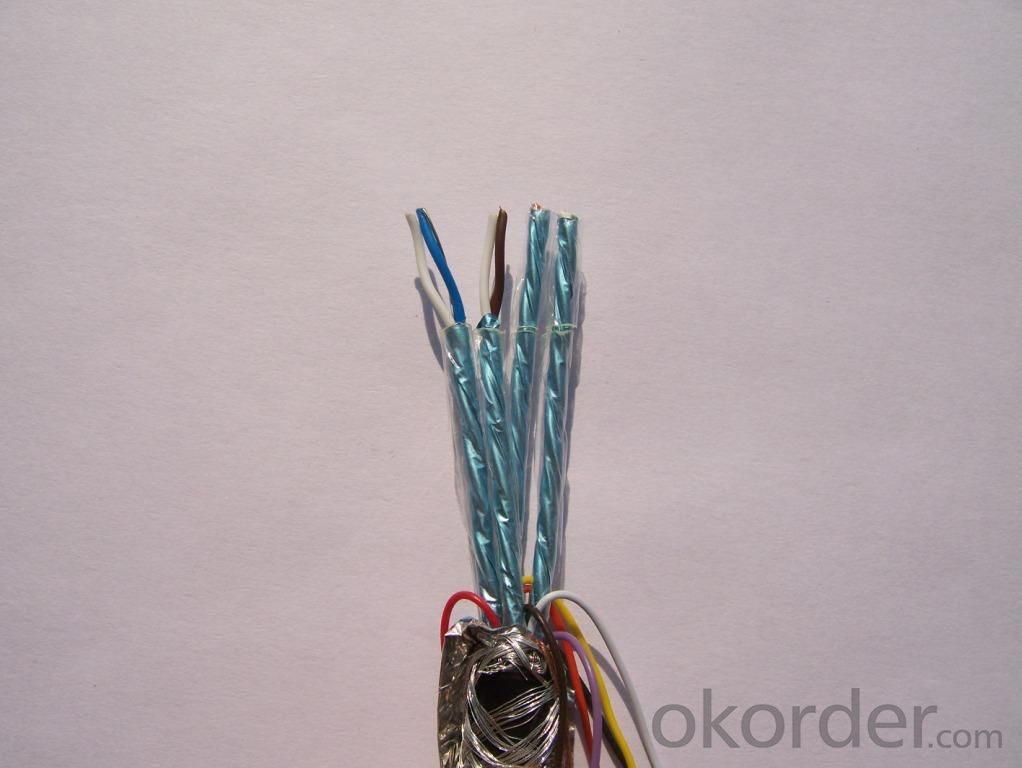
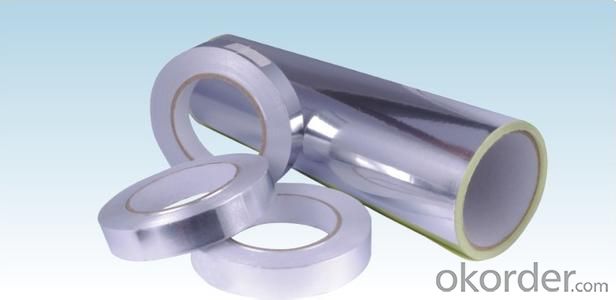
- Q: Is it possible to utilize black fiberglass tissue for the purpose of soundproofing?
- <p>Yes, black fiberglass tissue can be used for sound insulation. It is a popular material due to its lightweight, flexibility, and ability to absorb sound. Fiberglass is effective in reducing noise transmission by disrupting sound waves and preventing them from passing through. It is commonly used in walls, ceilings, and floors to improve acoustic performance in residential, commercial, and industrial settings. However, it's important to handle fiberglass with care due to its potential health risks and to ensure proper installation for maximum effectiveness.</p>
- Q: This question asks for a method to determine if the insulation material in use is made from black fiberglass tissues.
- <p>To determine if your insulation material is made from black fiberglass tissues, you can perform a simple visual inspection. Black fiberglass insulation typically has a dark, almost black color, and is made from fine glass fibers. You can also check for the manufacturer's label or documentation that came with the insulation. If you're still unsure, you can perform a burn test; fiberglass doesn't burn but will melt when exposed to a flame, producing a chemical smell. However, be cautious with this test as it can release harmful fumes. Alternatively, consult with a professional inspector or contractor who can accurately identify the material for you.</p>
- Q: This question asks for a comparison of the benefits and drawbacks of utilizing glass fiber insulation in construction.
- <p>Glass fiber insulation offers several advantages such as high thermal resistance, fire resistance, and acoustic insulation. It is lightweight, easy to install, and has good durability. However, it has some disadvantages too, including the potential release of fiberglass particles which can be harmful if inhaled, causing respiratory issues. It is also less resistant to moisture compared to some other insulation materials, which can reduce its effectiveness over time. Additionally, it requires professional installation to avoid health risks and ensure proper performance.</p>
- Q: What is the rate at which black fiberglass tissue absorbs moisture?
- <p>The moisture absorption rate of black fiberglass tissue is typically very low, often less than 1%. This low absorption rate is due to the material's hydrophobic nature and the manufacturing process that includes a resin treatment. However, specific absorption rates can vary depending on the exact composition and treatment of the fiberglass tissue, and it's advised to refer to the manufacturer's specifications for precise data.</p>
- Q: Can black fiberglass tissue be used for cleaning purposes?
- <p>Yes, black fiberglass tissue can be used for wiping clean, especially in industrial settings. It's known for its strength and durability. However, it's important to note that fiberglass can be abrasive and may scratch delicate surfaces. It's also recommended to use it with care to avoid any potential health risks associated with inhaling fiberglass particles. Always use proper safety equipment when handling fiberglass materials.</p>
- Q: This question asks for a comparison between black fiberglass tissue and other sound insulation materials, focusing on their properties and effectiveness.
- <p>Black fiberglass tissue is a type of sound insulation material known for its lightweight, flexibility, and high sound absorption capabilities. Compared to other materials, it offers excellent thermal insulation and resistance to moisture and fire. However, it may not be as dense or heavy-duty as some alternatives like mass-loaded vinyl or certain types of acoustic foam, which can provide better soundproofing in high-noise environments. Black fiberglass tissue is also sensitive to physical damage, which can reduce its effectiveness over time. It's important to consider the specific application and environmental factors when choosing the right sound insulation material.</p>
- Q: What is the typical thickness of fiberglass facing?
- The specific application and requirements dictate the typical thickness of fiberglass facing, which can vary. Generally, fiberglass facing comes in thicknesses ranging from 0.5 millimeters to 2 millimeters. For lightweight and flexible applications like insulation and acoustic panels, thinner fiberglass facing (approximately 0.5 to 1 millimeter) is commonly utilized. On the other hand, heavier-duty applications in construction and industrial settings often require thicker fiberglass facing (around 1.5 to 2 millimeters) for enhanced strength and durability. To ensure optimal performance and functionality, it is crucial to consider the project's specific needs and specifications when determining the appropriate thickness of fiberglass facing.
- Q: This question asks if there are any differences between various brands of black fiberglass tissue.
- <p>Yes, there can be differences between different brands of black fiberglass tissue. These differences may include the quality of the fibers, the thickness and uniformity of the tissue, the level of impurities, and the overall durability. Some brands may use higher quality raw materials or have more stringent manufacturing processes, resulting in a superior product. Additionally, the performance of the black fiberglass tissue can vary based on the specific application, such as in insulation, reinforcement, or acoustical purposes. It's important to consider the specific requirements of your project and choose a brand that meets those needs.</p>
- Q: This question asks for a comparison between black fiberglass tissue and other building materials, focusing on their properties and uses in construction.
- <p>Black fiberglass tissue is a unique building material known for its lightweight, high strength, and excellent resistance to corrosion and fire. Compared to traditional materials like wood or metal, it offers superior insulation properties, making it ideal for energy-efficient construction. Unlike organic materials, it doesn't rot or decay, and it's non-conductive, reducing the risk of electrical fires. It's also more resistant to harsh weather conditions and pests. However, it may be more expensive than some alternatives and requires specific knowledge for installation. Overall, while black fiberglass tissue has distinct advantages, the choice of building material depends on the specific requirements of the project, including cost, durability, and environmental impact.</p>
- Q: Is it safe to use black fiberglass tissue in a kitchen environment, considering factors such as heat, moisture, and potential health risks?
- <p>Black fiberglass tissue is generally not recommended for use in a kitchen environment due to its potential to release glass fibers, which can be harmful if inhaled or ingested. Kitchens have high heat and moisture levels, which can degrade the fiberglass, leading to the release of these fibers. Additionally, the black color may not be suitable for surfaces that come into contact with food. It's safer to use materials specifically designed for kitchen use that are heat and moisture resistant and do not pose health risks.</p>
Send your message to us
Fiberglass Facing Flexible Ducts Bubble Save Your Energy
- Loading Port:
- China Main Port
- Payment Terms:
- TT OR LC
- Min Order Qty:
- -
- Supply Capability:
- -
OKorder Service Pledge
OKorder Financial Service
Similar products
Hot products
Hot Searches
Related keywords
